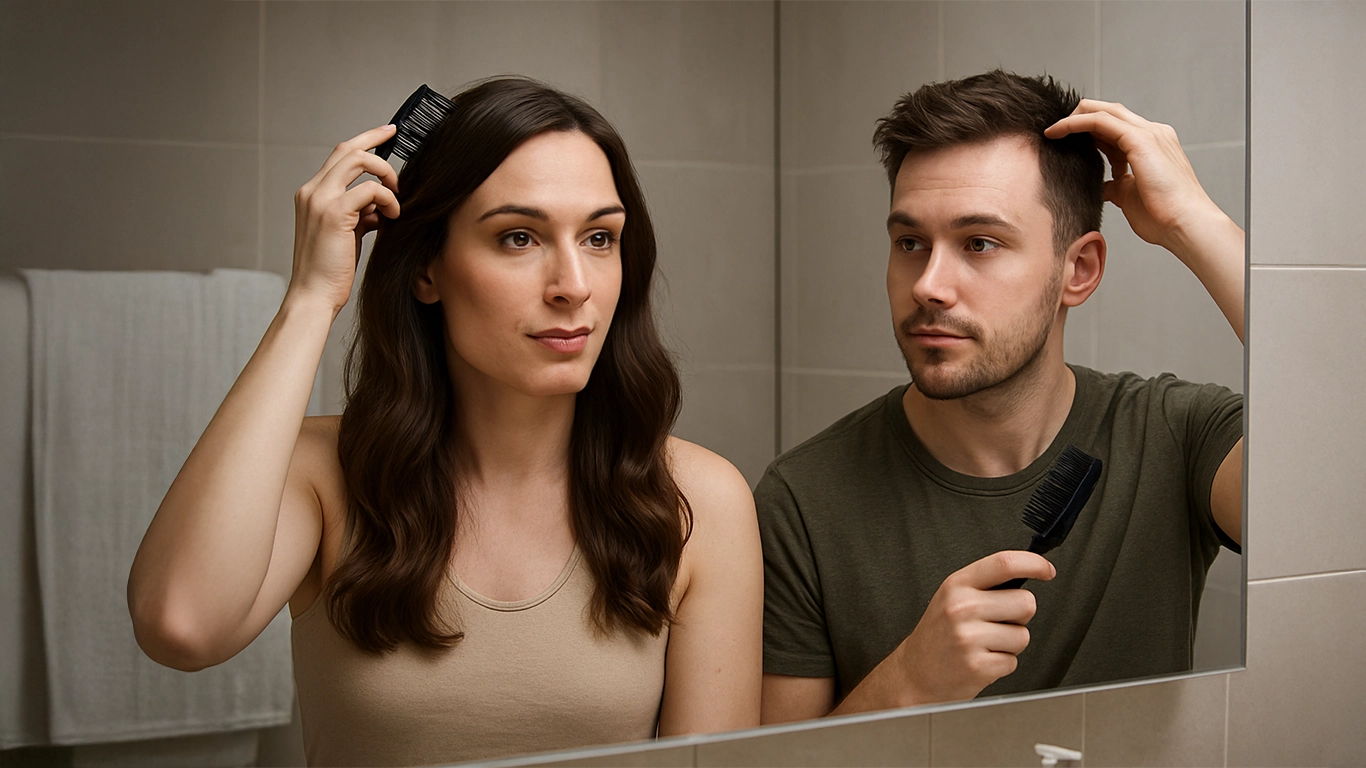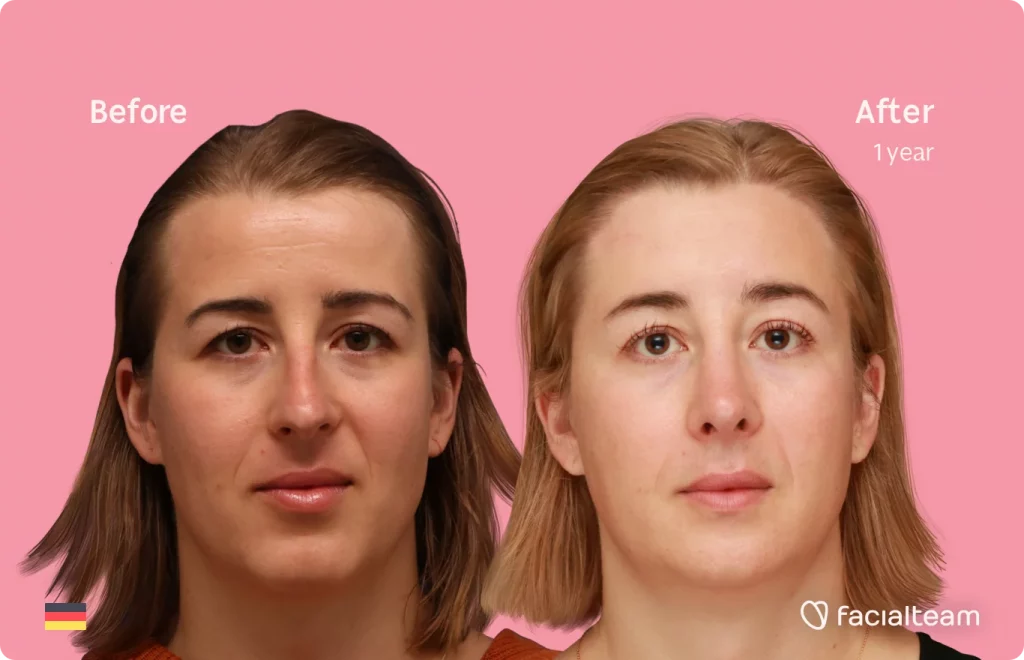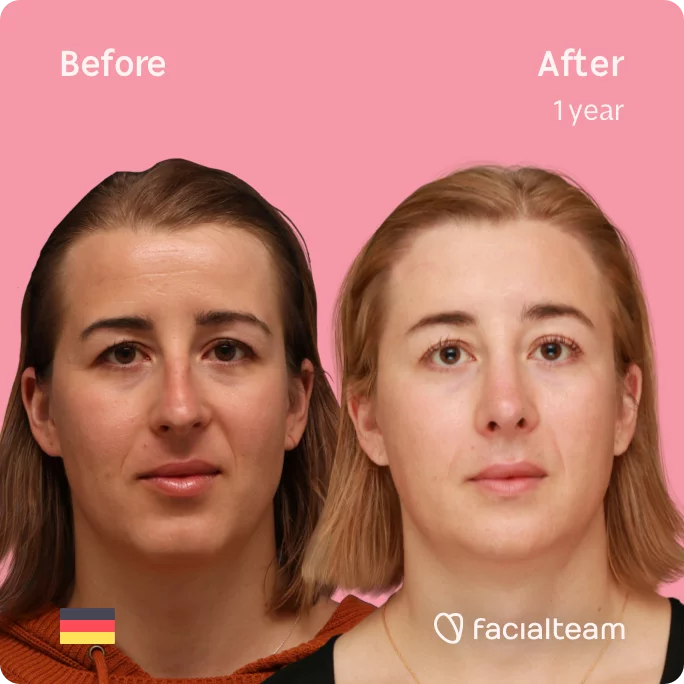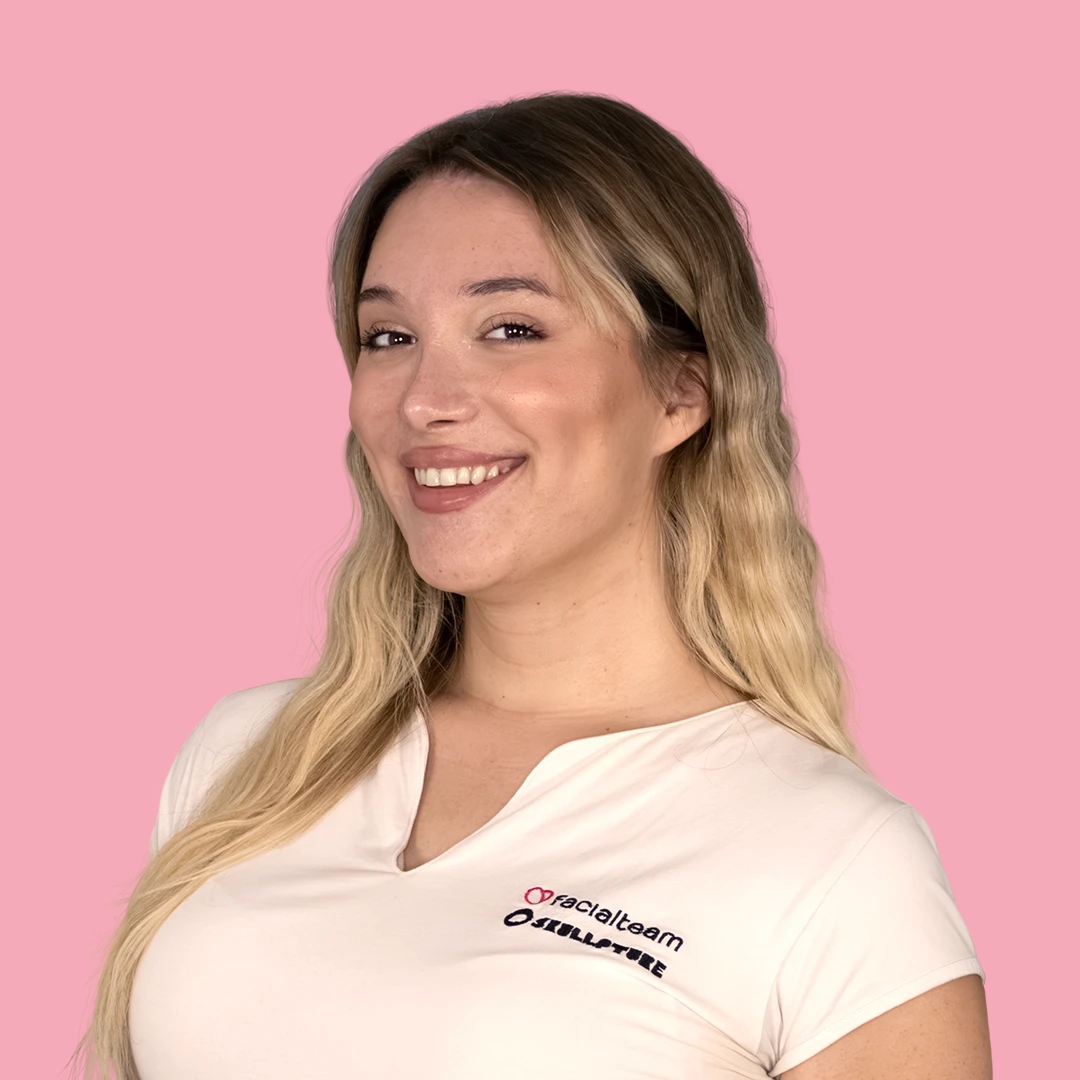How to Take Care of Your Hair While Transitioning

Hair has always been more than just strands growing from our scalp. It carries meaning, identity, and social status. From the way society perceives gender to how we see ourselves in the mirror, hair plays a central role in shaping self-esteem and self-expression. For many people transitioning, hair becomes one of the most powerful gender affirmations.
Taking care of your hair during hormone replacement therapy can feel exciting, but also overwhelming at times. How fast will it grow? Will it feel fuller? What if I’m dealing with thinning or a receding hairline? Beyond natural growth, there are also other solutions like transplants, wigs, or extensions that can help you feel aligned with your identity. Let’s break it all down with care, compassion, and a little science.
How Estrogen and Testosterone Affect Your Hair
Part of the journey involves understanding that your hair isn’t just reacting to styling or products, it’s responding to changes in your hormones. HRT can affect your hair in subtle but important ways:
- Estrogen-based HRT may make hair feel softer, reduce oil production on the scalp, and slow or halt male-pattern baldness.
- Testosterone-based HRT can increase oil production, potentially making hair feel thicker but also more prone to greasiness or shedding.
- Adjustment periods: It’s common to experience a temporary shedding phase (telogen effluvium) as your body adjusts to new hormone levels. This is usually temporary.
Understanding these hormonal effects can help set realistic expectations: changes take time, and noticeable differences may appear gradually over months or even years. Recognizing how your hair responds to HRT is the first step toward creating a routine that supports healthy growth, strength, and self-expression.
Why Hair Care Is More Than Just Washing
Hair care isn’t just cosmetic, it’s about protecting your scalp (the foundation of healthy growth), nourishing the strands, and finding a rhythm that works for your lifestyle and texture. Transitioning adds another layer, since HRT can change how oily your scalp is, how thick your strands feel, and even how your hair responds to products. The key is building a routine that’s consistent but flexible.
Hair Care Routine Essentials
Before diving into routines, it helps to know what tools and products are actually worth it. Walking into the haircare aisle might be overwhelming; there are shampoos promising miracles, serums that sound like potions, endless brushes, and gadgets.
The truth is, you don’t need a million products, but you do need the right categories of products to keep your scalp clean, your strands hydrated, and your style protected.
Here I gathered a list of my essentials for hair care, please keep in mind I have straight blonde hair. From there, you can customize depending on your texture, goals, and how much time you want to spend on your routine! This list comes from asking professional hairdressers! So I encourage you to ask your hairstyling professional for a list of products that will show the best results on your hair.
- Gentle shampoo for your hair type.
- Deep conditioning mask
- Leave-in conditioner
- Hair Serums
- Lightweight oil or serum for ends
- Wide-tooth comb and detangling brush
- Microfiber towel or cotton T-shirt for drying
- Heat protectant
- Night Hydrating Serums
- Silk or satin pillowcase or bonnet for sleep
The Right Order to Apply Hair Products
One of the biggest secrets to healthy, good-looking hair isn’t just what products you use, it’s how and when you use them.
Think of your routine like layering skincare: each step prepares the way for the next. When applied in the right sequence, your products don’t compete; they work together to give your hair the moisture, protection, and definition it needs. Getting this order right makes a huge difference in how your hair feels day to day, and it helps you avoid that heavy, greasy, or “producty” look that can happen when things get mixed up.
Step 1: The Pre-Wash Prep
- First, detangle your dry hair with a wide-tooth comb or brush.
If your hair is curly, avoid brushing it dry as this can damage the curl pattern and cause breakage. Instead, proceed directly to the next step. - Apply a leave-in conditioner to your hair from the mid-lengths to the ends 10-15 minutes before showering.
Step 2: Cleansing & Conditioning
- Cleanse the scalp with shampoo, massaging gently with your fingertips (never your nails). Do this twice if you use a lot of styling products or have an oily scalp to ensure all product residues and oils are removed.
If you have curly hair, consider using a sulfate-free shampoo to prevent your hair from drying out. I usually rinse my hair with warm water in this step. - Apply a rinse-out conditioner on the mid-lengths to the ends of your hair.
This is the best moment to detangle your hair. The conditioner provides “slip,” which allows you to gently work through tangles without causing breakage.
For all hair types, use a wide-tooth comb or your fingers to gently detangle from the ends up to the roots. If you have weak or damaged hair, avoid brushing it when wet since it will cause breakage. I usually leave it for 3 to 5 minutes, and then rinse my hair with cold water in this step.
Step 3: The Post-Wash Seal & Style
- Squeeze out excess water with a microfiber towel or a cotton T-shirt to minimize frizz and damage. Avoid rubbing your hair with a regular towel.
- If needed, apply a small amount of a leave-in conditioner.
This step is highly recommended for thick, wavy, or curly hair to lock in moisture. If you have fine or low-porosity hair, you may want to skip this step to avoid weighing down your hair. - For curly hair, this is the time to apply styling products.
Curl Cream/Milk: Apply a curl cream or milk to define and moisturize your curls.
Gel or Mousse: Apply a gel or mousse for “hold” and to create a cast that will protect your curls from frizz as they dry. - When your hair is damp, apply a heat-protecting serum, especially if you plan to use heat styling tools.
Step 4: Drying & Finishing
- Blow-Drying: I recommend blow-drying after showering to avoid scalp health problems and to avoid it drying in odd shapes or remaining frizzy if not properly detangled or styled.
If you have curly hair, use a blow dryer with a diffuser attachment on a low heat and speed setting to define your curls and prevent frizz.
Consider plopping your hair in a T-shirt for 15-20 minutes to absorb excess water and encourage your curls to form. - Once your hair is fully dry, gently apply a hair serum to add shine and hydration.
- Seal it all in with a light oil or serum to lock in moisture. For curly hair, if you used a gel, gently “scrunch out the crunch” to reveal soft, defined curls.
- In between washes, if your curls or waves have lost their definition, you can lightly spritz your hair with water and a curl refresher spray to revive them without a full wash.
This order ensures hydration is locked in, strands are protected, and styling products actually work – But again, although this routine can work for most hair types, I really encourage you to do your research and get your own routine from a professional.
How Often Should You Wash Your Hair?
Washing frequency depends heavily on hair type and scalp balance:
- Straight hair usually needs more frequent washes (every 2–3 days) because oil travels easily down the shaft.
- Wavy hair often thrives on 2–3 washes per week, with co-washes or refreshes in between.
- Curly and coily hair benefits from less frequent shampooing, once a week or even less, with co-washing and deep conditioning as staples.
- Bleached or Colored Hair: Washing daily is usually too harsh, since shampoo strips away natural oils and causes faster color fade.
Again, these are general recommendations; always analyze your hair and do what feels best for your hair type.
How to Make Your Hair Grow Faster
We’ve learned how to take care of your hair, keeping it healthy, shiny, and strong. But if you want it to grow longer, thicker, and fuller, there are a few extra things to keep in mind – from scalp care to nutrition, and daily habits.
Your Scalp Health Matters
Your scalp is the foundation of healthy hair, so taking a little time to care for it goes a long way. Hormones can change how oily or dry your scalp feels, so adjusting your routine can make a big difference.
You can start by massaging your scalp, which isn’t just relaxing, but actually helps get blood flowing to your hair follicles, which supports growth. You can use your fingertips in gentle circles a few times a week, or a soft brush if you like. It also helps loosen buildup so your scalp feels fresher.
Adding a lightweight oil to your scalp can enhance the benefits of a massage. Oils like jojoba, argan, or coconut help nourish the scalp, reduce dryness, and make it easier to glide your fingertips during a massage.
Sometimes oil, dead skin, and styling products can build up, making hair look dull or itchy. A gentle scalp scrub or exfoliating shampoo once or twice a week can help clear this away without over-drying.
If you struggle with dandruff, itching, or extra oil, certain products can help:
- Tea tree oil can calm irritation and help with flakiness.
- Medicated shampoos with ingredients like ketoconazole or zinc pyrithione can manage dandruff and buildup.
A good rule of thumb is to balance cleansing with moisture – too much scrubbing or harsh shampooing can dry your scalp, especially if your hormones make your scalp less oily than it used to be.
Nourish Your Hair from the Inside
What you eat has a direct impact on the health, strength, and growth of your hair. Protein is especially important because hair is made of keratin, a type of protein, so including sources like eggs, beans, fish, or lean meats helps strands grow stronger from the root. Iron and zinc support healthy follicles and prevent thinning, while omega-3 fatty acids – found in foods like salmon, walnuts, or flaxseeds – keep hair hydrated and shiny.
Vitamins also play a key role. Biotin helps maintain hair structure and reduce breakage, vitamin D supports follicle health, and B-complex vitamins help with overall hair growth and repair. Antioxidant-rich foods like berries, leafy greens, and nuts protect hair from environmental damage and oxidative stress.
Hydration is just as important as nutrition. Drinking enough water keeps hair flexible, prevents brittleness, and helps nutrients travel efficiently to the follicles. Even small daily habits, like swapping sugary drinks for water and including a variety of nutrient-dense foods in your meals, can make a noticeable difference over time.
For the best results, focus on a balanced, consistent diet rather than supplements alone; real food provides a mix of nutrients your hair needs to thrive. However, it’s important to check your levels through blood tests before starting any supplements, as this helps determine whether you truly need them and ensures safe, effective results
Not to mention, it’s not just about what you add – avoiding harmful habits matters too. Smoking reduces blood flow to your scalp and damages hair follicles, slowing growth and weakening strands. Excessive alcohol can dehydrate the body, strip essential nutrients, and make hair more prone to breakage. Minimizing these habits gives your hair a much better chance to grow longer, stronger, and healthier.
Be Gentle with Your Hair
How you handle your hair every day matters just as much as what you put into your body. Gentle care helps prevent breakage, split ends, and unnecessary stress on your strands. If possible, avoid harsh chemical treatments like strong dyes or relaxers, and steer clear of tight hairstyles that pull on your follicles, which can lead to thinning over time.
Heat styling, like straighteners, curling irons, and blow dryers; should be used sparingly, and always with a heat protectant. Over-washing can remove natural oils that keep hair soft and flexible, so 2–3 washes a week is usually enough for most hair types.
Treating your hair gently, combining careful styling with nourishing products, allows it to stay strong, grow longer, and maintain its natural shine. Even small daily habits, like using a wide-tooth comb on wet hair or patting instead of rubbing when drying, can make a big difference over time.
Hormones Matter
As mentioned before, hormones play a big role in hair growth. Estrogen can help hair stay in its growth phase longer, while testosterone – especially its byproduct DHT – can shrink follicles and slow growth in certain areas. If you’re on hormone therapy, working with your doctor to keep your levels balanced can make a noticeable difference in thickness and growth.
Patience Is Key
Hair grows slowly, about half an inch per month on average, but consistent care pays off. With a healthy scalp, balanced hormones, nourishing food, and gentle routines, you’ll see your hair become stronger, fuller, and healthier over time.
I understand that sometimes this wait may cause some dysphoria, so I gathered some options to ease it while you wait!
Alternatives While Waiting for Hair to Grow
Growing your hair takes time, and sometimes you want a change in the meantime. There are many options available that allow you to experiment with length, volume, or style while you wait.
You can consider using wigs! These are versatile and come in a range of styles, colors, and lengths. Lace-front wigs create a natural hairline, while full-cap wigs offer easy coverage.
Also, hairpieces or toppers are smaller and can add volume to thinning areas or cover bald spots.
Another option are clip-in, tape-in, or sew-in extensions. These can add temporary length or thickness. Clip-ins are easy to apply and remove daily, tape-ins last a few weeks, and sew-in or bonded extensions offer longer-term results. They work for most hair types, but it’s important to avoid tension that could damage natural hair.
Hair-Building Fibers are another safe, instant solution. These keratin-based fibers cling electrostatically to your existing hair and scalp, making hair appear thicker. They come in powder or spray form, wash out easily with shampoo, and are great for camouflaging sparse areas or blending extensions. You can use them daily or just for special occasions.
Scalp Micropigmentation (SMP) is another excellent non-surgical option. It uses medical-grade pigments to replicate the appearance of hair follicles on the scalp, redefining the hairline, filling thinning areas, or giving the illusion of more density overall. SMP is long-lasting (usually 2–5 years) and can be customized in color and pattern to look very natural. For people in transition, it’s often used to feminize or masculinize the hairline, depending on their goals.
All of these options allow you to feel confident and explore different looks while giving your natural hair time to grow stronger and healthier. Choosing the right solution depends on your lifestyle, comfort, and desired look, and can be combined with a healthy hair care routine for the best results.
When to See a Professional
While a good hair care routine can go a long way, sometimes it’s best to consult a professional. If you notice sudden or excessive hair shedding, patchy thinning, scalp irritation, persistent dandruff, or changes in hair texture, a dermatologist or trichologist can help identify the cause and recommend treatments.
For those on hormone therapy, regular check-ins with your healthcare provider are important, as hormonal shifts can affect hair growth and thickness. A professional can help determine if your hair changes are temporary, related to hormones, or require targeted treatments.
Seeing a professional early can prevent small issues from becoming bigger problems, giving your hair the best chance to stay healthy and grow strong.
Hair Transplants: A Long-Term Option
For some people, especially those experiencing significant thinning or hair loss; hair transplants can be a more permanent solution. This procedure involves moving healthy hair follicles from one part of the scalp to areas where hair is thinning or missing.
Hair transplants can help restore natural-looking density, improve hairline shape, and boost confidence. It’s important to know that results take time – transplanted hairs often shed initially before new growth begins, and full results can take several months to a year.
If you’re considering a transplant, consult a qualified surgeon experienced in working with transgender patients, as techniques and timing may differ depending on your hormone therapy and hair characteristics. This can be combined with a consistent hair care routine and, if desired, temporary solutions like wigs or extensions while you wait for the transplanted hairs to grow.
Karla


Your Hair, Your Choice
And of course, it’s important to remember that there’s no “one right way” to wear your hair. Whether you embrace wigs, short crops, natural curls, or long flowing styles, the best choice is the one that feels most aligned with your identity and makes you feel confident. Hair is a form of self-expression, and experimenting with different looks is part of finding what works for you – there’s no wrong way to do it.


